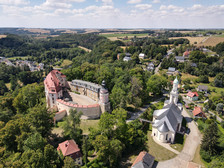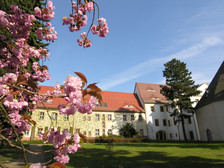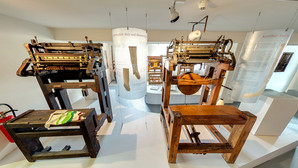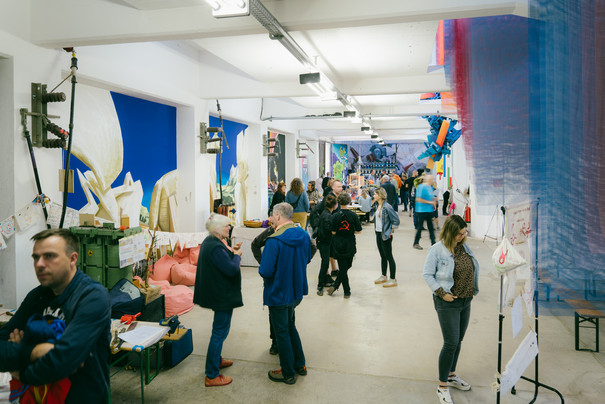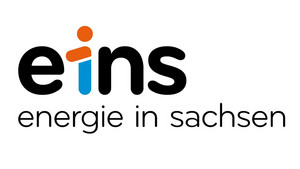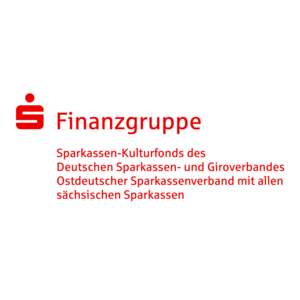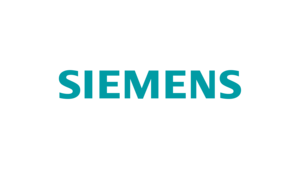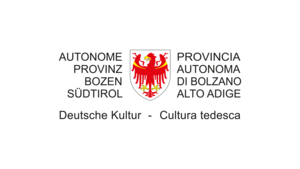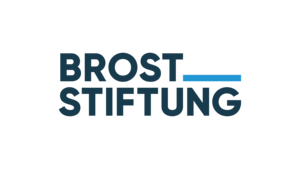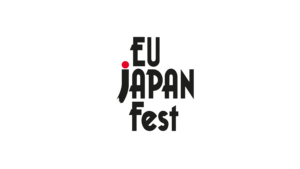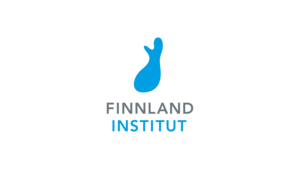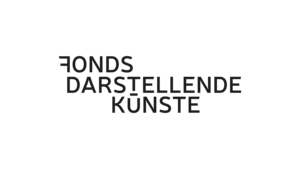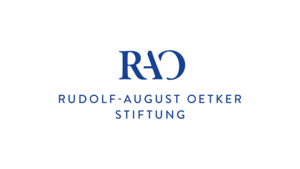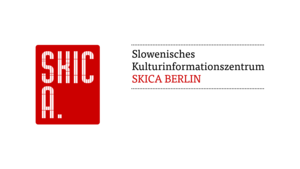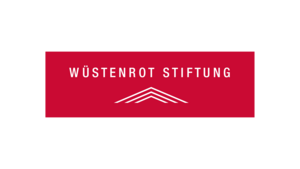A good 300 years ago, Limbach was just a small village, probably founded in the 13th century, with a manor (now the seat of the town council), church, brewery and farms. Today Limbach-Oberfrohna, neighbouring Chemnitz to the west, is a large district town in the Zwickau district with a population of 23,900. This leap is due to the flourishing hosiery industry in the 18th century, a development that is closely linked to the name of the Esche family. Johann Esche introduced silk stocking knitting to Limbach, his success attracted other knitters to the town and settlements of stocking knitters sprang up. Subsequently, the use of artificial silk and the MALIMO stitch-bonding technique spread from Limbach to the rest of the world. The Esche Museum tells these stories. In 1950, Limbach was merged with the equally economically strong Oberfrohna and its district of Rußdorf. Bräunsdorf was incorporated in 1998, followed by the villages of Kändler and Pleißa in 1999 and finally the incorporation of Wolkenburg-Kaufungen into the town of Limbach-Oberfrohna in 2000. The latter municipality brought Wolkenburg Castle, a jewel of classical and neo-Gothic architecture and a terraced castle park, into the town. The collection of sculptures from Lauchhammer Eisenkunstguss is unique here.
Popular attractions for families include the "Limbomar" leisure and family pool and the "Amerika-Tierpark" with Penguin and Flamingoland, while the town hall attracts visitors with its variety of events. Limbach-Oberfrohna and its surroundings can be explored and discovered not only along the Mulde cycle path, but also on numerous smaller cycling and hiking routes. The town nature trail tells many interesting stories from the history of Limbach-Oberfrohna.
The ash tree in Limbach-Oberfrohna
Makerhubs
Here, everything revolves around the stitch: in the former stocking factory, laypeople learn about knitting technologies. Textile professionals, students and designers produce prototypes and small series on old and new machines and invite visitors to network and exchange ideas.
